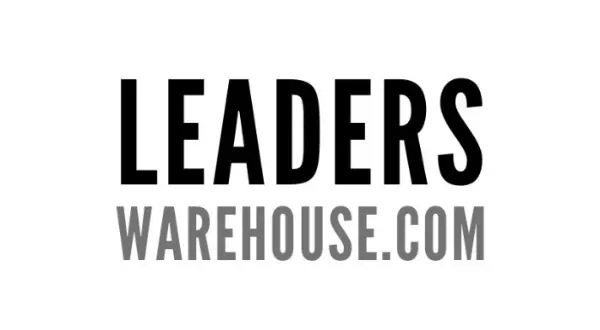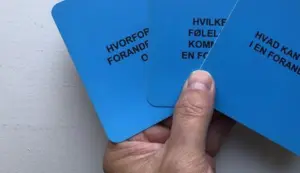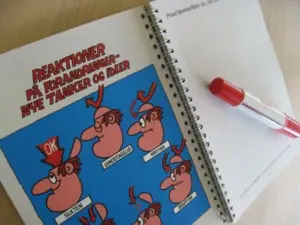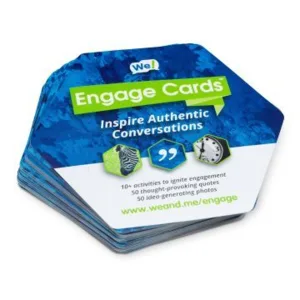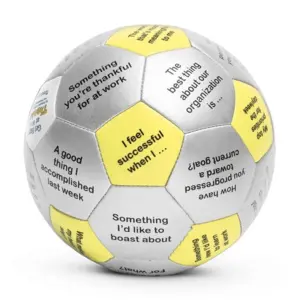A blog about leadership: What can a rope do for you and your team?
Call for price
+45 71 92 55 63
The dialogue rope: The mouth and the cross
Mouth and cross: At the same time dialogue cards and ropes
Here is a rope that can be printed and laid out on the meeting floor. Each A4 sheet is at the same time a dialogue card and a section of a rope.
Valuable views
At the meeting, you have reached an item on the agenda where it is valuable for the participants to air their opinion, their point of view, their approach or perception. It can, for example, be about the collaboration, the service or the motivation.
Imagine a mouth
Right here you can introduce the dialogue rope, which is an A4 sheet with 4 speech bubbles and 29 cm rope. First tell your participants that you should now try to relate to the item on the agenda. Ask your participants to follow along on the floor. On the floor, place the 2 end pieces as if they were the corners of your mouth. Make your mouth big enough for your participants to place in between. You place the other spacers in a pile in front of you.
To what extent do we want…?
Now introduce your participants to the question that is relevant to the agenda item: ‘To what extent do we want…?’ Distribute the ‘spacers’ and ask your participants, at least 3 times (with a new one each time), to go together in pairs. They can use the speech bubbles as inspiration for the conversations:
First speech bubble: What do you think about the question?
Second speech bubble: What would you like to whisper about the question?
Third speech bubble: What do you want to say out loud about the question?
Fourth speech bubble: What wonders you about the question?
When you sense that your participants have been talking about the point based on one or more of the speech bubbles, it's time to put a proportion on.
Describe the ends
It is your job to illustrate the ends of the rope so that they at the same time make room for your participants' views and set a kind of frame. You do not need to specify the ends as 1 to 2 million. or ‘happy’ and ‘hateful’. A scale from 1 to 10 and a scale from 'happy' to 'dissatisfied' can do it. Therefore, describe your ends carefully.
Place your rope and yourself
Ask your participants to place their rope stump and themselves with their point of view. Now you can ask them to turn to the nearest colleague and conduct an adjustment interview, to clarify what makes you stand there.
Now your participants have related to the agenda item, talked to 3 different colleagues and have placed their rope stump and talked to the nearest one.
Ventilate the views
Now it may be interesting to hear input from your participants. Ask selected participants about their reasons for standing where they stand. Listen to multiple and homonymous and divergent views. Also ask selected participants what it takes for the case or agenda item that they would like to move to another place today (ask the participant to take up the new place for a shorter time).
What can be the next steps?
Now we have all ventilated the agenda item and our views. What can be the next steps? These next steps can be discussed in pairs, in trios or in plenary. Gather the ideas and formulate your action plan.
Extend the 'Mouth' to a cross
If you want more depth in the reflections, you can straighten out the curved mouth immediately before ‘What can be the next steps?’ While your participants ‘hold their seats’. Now you lay out another rope that crosses the first one. Now you can give the participants another question in natural extension of the first. This second question seeks the dimension eg ‘How important will it be for the company / department / team / you that…’
Then define the ends of the new dimension and ask your participants to go to the point on the new, extra scale. Now you can again ask them to turn to the nearest colleague and conduct an adjustment interview, to clarify what makes one stand there.
In order for it not to be a lie, you can add another dimension to the intersection. Imagine that you can expose the 'case' to 3 dimensions, eg 'Results, Satisfaction and Effort' or 'Content, Facilities and Our Behavior' - just to name a few. You can adjust the 3rd dimension by stretching the right arm all the way down and the left arm all the way up. Somewhere on this 'measuring stick' you will assess the 3rd dimension. Show the point with a horizontal hand.
You started by positioning yourself according to the 1st dimension.
You expanded by also placing yourself in relation to the 2nd dimension.
You finished by going in height according to the 3rd dimension.
Thus, each participant illustrates 3 dimensions.
Have fun with your reflections and your next step!
Written by Michael Meinhardt, LEADERS WAREHOUSE. Source: Dr. Roger Greenaway.
There is no reviews yet. Be the first to write us your opinion
